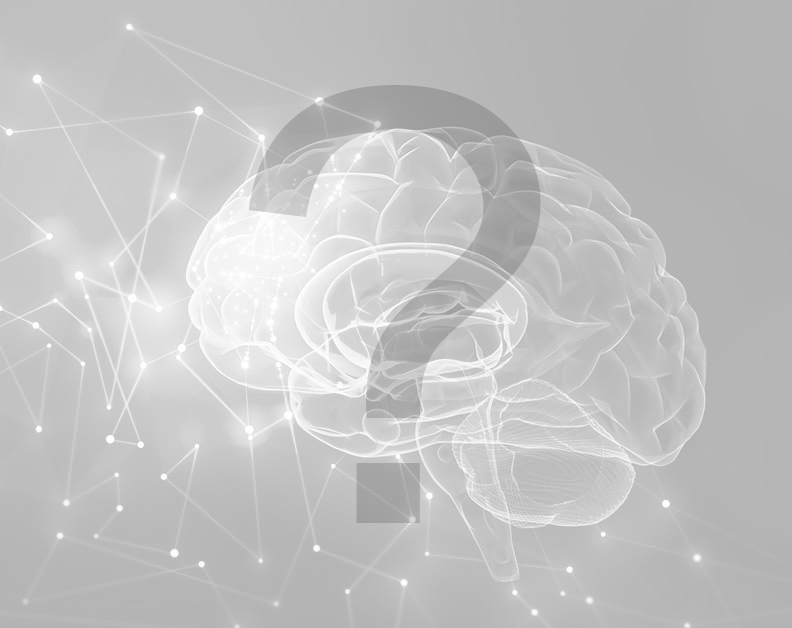Our Research
Alzheimer’s and the science of amyloid beta oligomers

Why do research on Alzheimer’s disease?
Alzheimer’s research offers a tremendous opportunity for helping society. Virtually every family is affected by Alzheimer’s disease – it is the major cause of dementia and the sixth leading cause of death, and it drains the US economy of over $300 billion a year. There is no cure.
Alzheimer’s research also offers a remarkable landscape of opportunities for fascinating science, from structural biology to mechanisms of learning and memory, from molecular cell biology to brain imaging and drug discovery. Alzheimer’s research intersects with essentially all aspects of neuroscience and molecular bioscience.
A substantial set of findings exists concerning the neurotoxins we think cause Alzheimer’s – amyloid beta oligomers – and drugs that target these toxins are in clinical trials. Some of the fundamentals are below. But more is unknown than is known, making science in the oligomer space both fascinating and challenging.

Amyloid beta oligomers – the molecules we think cause AD
AbOs are potent CNS neurotoxins that our team discovered in 1998 . These protein toxins are pathological aggregates of the 42 amino acid Abeta peptide, a normal brain metabolite that is generated from amyloid precursor protein by proteolytic cleavage. Monomers occur in healthy brains and play a role in normal brain function. However, when monomer levels get too high, they self-assemble, generating large fibrils that are found in amyloid plaques and soluble oligomers – potent CNS neurotoxins that are the most pathogenic form of Abeta.

What evidence links AβOs to AD?
Neurotoxic AbOs are abundant in the brain and spinal fluid of individuals with Alzheimers. This buildup is AD dependent – they are not evident in undemented persons. Animal models of AD also show AbO buildup, distinguishing them from non-transgenic littermates.

How do AβOs affect the brain?
AbOs initiate the cell damage in the brain that leads to AD. There are many pathological changes in the AD brain (synapse loss, inflammation, nerve cell death), but most appear to emerge as consequence of the impact of AbOs. The pathogenic cascade to brain damage begins with AbOs. Because AbOs are persistent drivers of AD, they are especially appealing molecular targets for Alzheimer’s diagnostics and therapeutics.

How do AβOs attack brain cells?
???

What causes AβO buildup?
???

How can AβOs be used for therapeutics and diagnostics?
Results from the Intercept AD clinical trial of sibernetug (ACU193) an oligomer-targeting antibody.